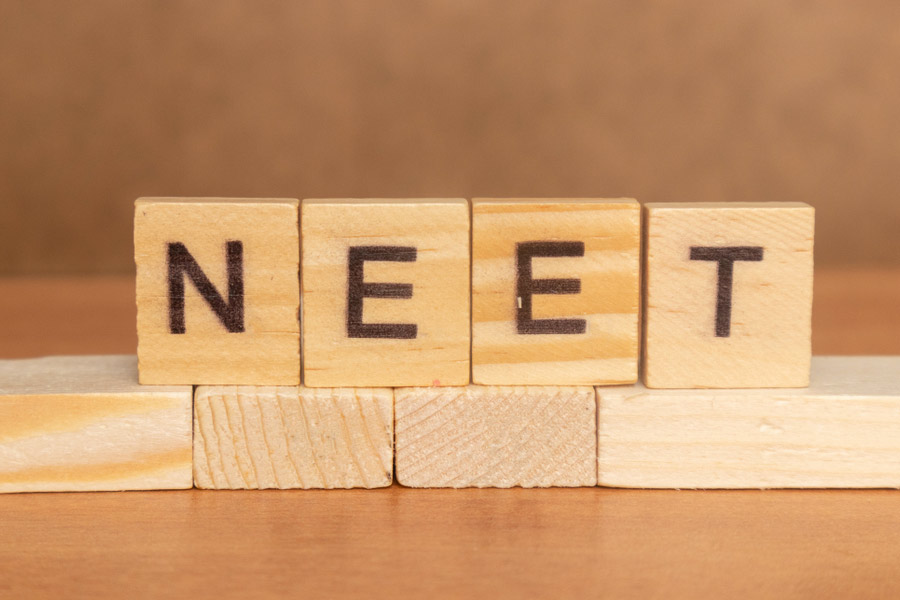A few days ago, Microsoft said that it had closed its $68.7b purchase of the video game giant Activision Blizzard. It is the largest consumer tech acquisition since AOL bought Time Warner more than two decades ago. What does it mean for the tech industry where acquisitions continue to take place even after regulatory hurdles are coming in the way?
Microsoft’s acquisition of Activision Blizzard for $68.7 billion
In January 2022, Microsoft announced its intention to acquire Activision Blizzard for $68.7 billion. It’s the company that’s responsible for titles such as Call of Duty, World of Warcraft and many other popular gaming franchises. After months of negotiation, the deal has gone through, overcoming significant regulatory hurdles in the UK and the US, signalling that the giants of the tech industry are still free to use their piles of cash to get even bigger. The deal has gone through at a time when governments around the world are contemplating taking action against tech companies like Microsoft, Google, Apple, Amazon and Meta.
Phil Spencer, the chief executive of Microsoft Gaming, said in a blog post (addressing the concerns from rivals and regulators about players without an Xbox losing access to Activision’s games): “Whether you play on Xbox, PlayStation, Nintendo, PC or mobile, you are welcome here — and will remain welcome, even if Xbox isn’t where you play your favourite franchise.”
Remember, there is an FTC case pending against the acquisition but the process can take years to resolve. Perhaps bigger than the FTC hurdle was the process of addressing the concerns of CMA, the British regulator. Microsoft said it will give Ubisoft Entertainment, a rival game publisher, the rights to license all current and future Activision games for distribution on streaming platforms. This is a big win for Microsoft’s Xbox strategy.
Amazon’s acquisition of Whole Foods for $13.4 billion
In 2017, Amazon bought the grocery chain Whole Foods for $13.4 billion. It showed the world how important grocery business is. Back then, it was believed that there was around $800 billion in annual spending in the grocery business in the US alone. It also established them as a competitor of Walmart. Founded in 1978, Whole Foods is known for organic foods and its focus is on healthy eating and fresh produce and meats.
Facebook’s (Meta) acquisition of WhatsApp for $19 billion
First Facebook (now known as Meta) acquired Instagram for $1 billion in 2012 and then spent nearly $19 billion for the messaging service WhatsApp in 2014. Back then, some critics pointed fingers at the high price for a service that was known internationally but not so much in the US. And back then, WhatsApp did not sell advertising and had very little in terms of revenue. It is now one of the most important verticals of Meta.
Dell’s acquisition of EMC Corporation for $67 billion
Till 2016, Dell’s move to pick up EMC Corporation for $67 billion was the biggest tech acquisition. At that point, Dell was happy selling computers but that wasn’t enough to maintain a lead in the industry. The equation changed in Dell’s favour when it acquired the data storage company.
Elon Musk’s acquisition of Twitter for $44 billion
It was the oddest acquisition’s in tech history because after Elon Musk announced his intentions to purchase Twitter (now known as X), he wanted to back out of the deal. He had to swallow the bait and ultimately go through with the purchase. But Musk was transparent through the process and had made his aspirations clear when it came to taking the social media company private. After the self-described “free speech absolutist” bought the social media platform, he reversed the permanent ban of former US president Donald J. Trump, changed the platform’s name to X and took a dive into issues around misinformation. Let’s see whether the company can turn a profit.
Avago’s acquisition of Broadcom for $37 billion
Chipmakers Avago Technologies and Broadcom inked a merger valued at $37 billion in 2015. The transaction showcased the power of growth-by-acquisition strategy in the tech industry. When the acquisition happened, Broadcom chips were used in leading consumer devices.
IBM’s acquisition of Red Hat for $34 billion
IBM made a massive move — in 2018 (deal was completed the following year) — to bring more software developers under its wing by acquiring Red Hat, the largest distributor of the popular open-source operating system Linux. It gave them a big share in the fast-growing market for Cloud computing.
Microsoft’s acquisition of GitHub for $7.5 billion
Another important deal from 2018, the deal helped strengthen Microsoft’s relationship with developers and allowed its tools to reach a broader audience within the world of open-source software. In 2018, more than 28 million developers around the world were using GitHub. “Today, every company is becoming a software company and developers are at the center of digital transformation,” Microsoft said in a news release.
Salesforce’s acquisition of Slack for $27.7 billion
Software company Salesforce acquired messaging app Slack Technology in December 2020 and finally closed the deal in July 2021 valued at $27.7 billion. Slack hasn’t managed to kill the email but it attracted the attention of tech giants like Microsoft.
Microsoft’s acquisition of LinkedIn for $26.2 billion
One of the early big deals under Satya Nadella’s captaincy at Microsoft. The company bought LinkedIn for $26.2b in 2016. It wasn’t too big a price to pay for one of the world’s biggest social networks. Nadella direction was clear — focus on becoming a Cloud-computing powerhouse that largely serves businesses. LinkedIn remains a major brand name.
Google’s acquisition of Fitbit for $2.1 billion
In 2019, it was big money though it looks like small change when you compare it with Microsoft’s latest move. Google bought one of the best makers of fitness-tracking devices, helping it close the gap with Apple in the ever-growing market for wearable electronics. With Google Pixel Watch now in the market we wonder what the future of Fitbit looks like.
Apple’s acquisition of Dre for $3 billion
In 2014, Apple bought the rising music brand. Apple has always believed in buying technology companies that have resources and talent that can shape future devices and online services. Before that, under Steve Jobs, Apple changed the music business with its iTunes Store and the ability for customers to buy one song at a time instead of a full album.
Google’s acquisition of Nest for $3.2 billion
This happened in 2014 and it helped Google get a toehold in the smarthome business. Nest was started in 2010 by Tony Fadell and Matt Rogers, members of the teams that built the iPhone and iPod at Apple.
Adobe’s intention to acquire Figma for $20 billion
In 2022, Adobe said it would acquire the design platform Figma for $20 billion. Figma was founded in 2012 and was valued at $10 billion in 2021. The company allows multiple people to collaborate on design projects in the same files at once. In August this year, the European Commission (EC) said it was opening an investigation into Adobe’s proposed bid.
Microsoft’s acquisition of Nokia’s phone business for $7.2 billion
Microsoft wanted its share of action in the smartphone business and acquired the handset and services business of Nokia for about $7.2 billion in 2013-14. Ultimately, Windows Phone died a premature death in 2017.










